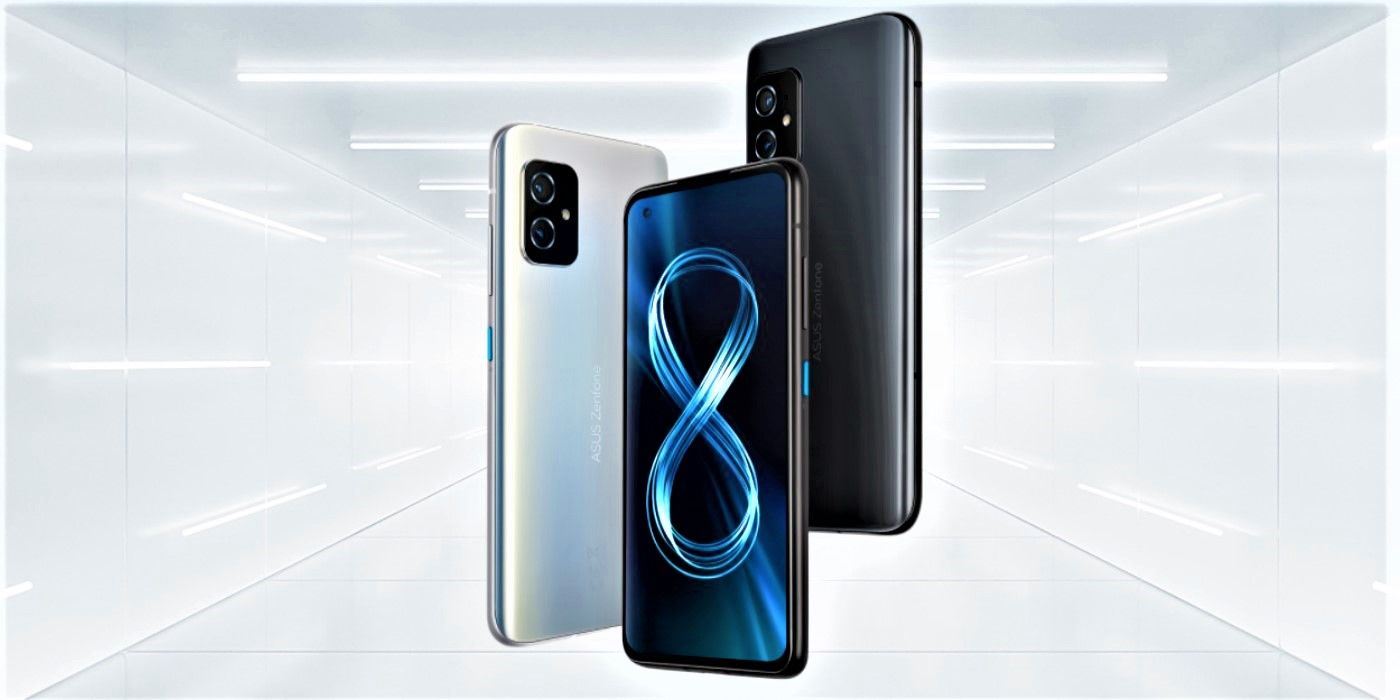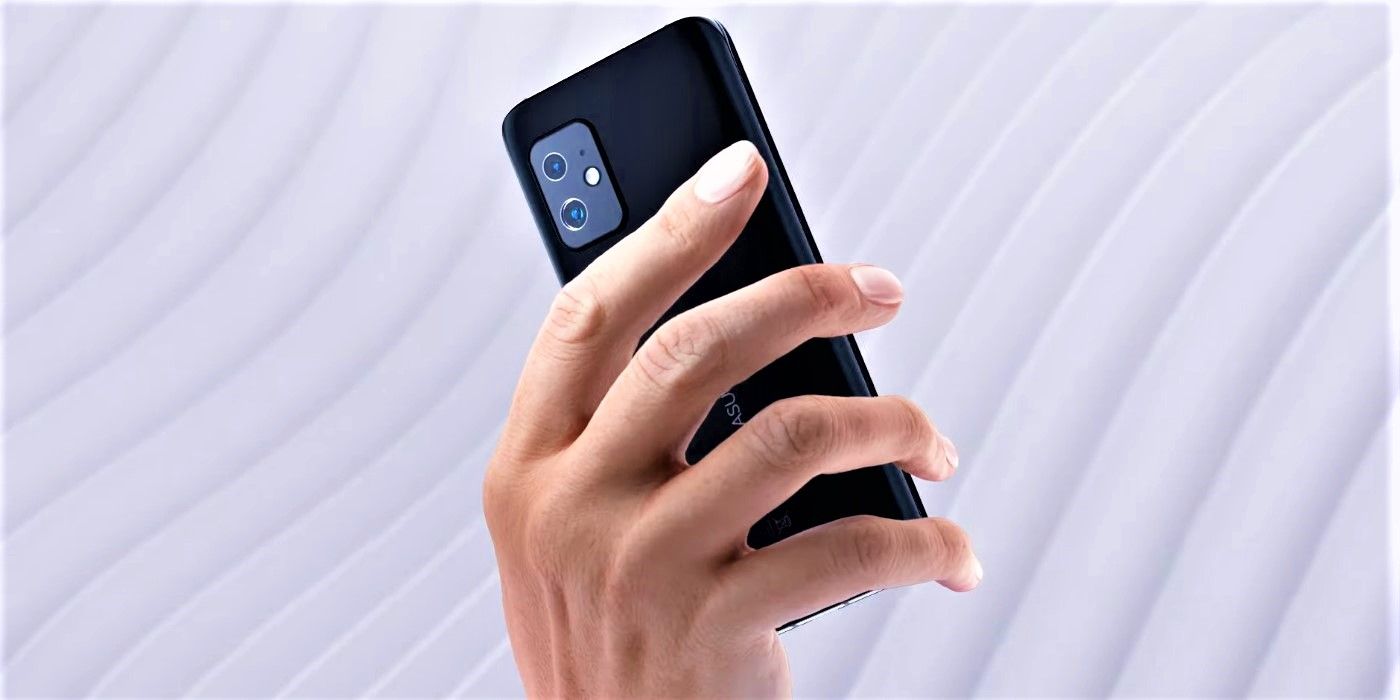The Asus ZenFone 8 smartphone might not look like it stands out from the crowd but it hides a lot of power underneath its compact chassis. It caters to people looking for smaller handsets without any compromises. Asus is known for coming up with unique products that resonate with its motto, “defy the ordinary.”
This mantra is also reflected in its ZenFone lineup, with its previous entry, the ZenFone 7, coming with an unconventional pop-up retracting selfie camera. However, Asus is taking a different approach to defying the norm with its latest model, putting more emphasis on downsizing mass and increasing performance instead of focusing on gimmicky features. The ZenFone 8 is even going against the ongoing trend of not shipping with a charger.
The ZenFone 8 comes with a 5.9-in Samsung OLED display that's running at a smooth 120Hz and is reinforced with Gorilla Glass Victus. It's powered by Qualcomm's Snapdragon 888 processor, with up to 16GB memory and up to 256GB storage options. The ZenFone 8 utilizes dual rear cameras comprising 64-megapixel main shooter and 12-megapixel ultrawide Sony lenses, as well as a 12-megapixel punch-hole selfie camera. Furthermore, it comes with a 4,000mAh battery, an in-display fingerprint reader, dual-sim 5G connectivity, dual Dirac-tuned stereo speakers with Cirrus Logic amplifiers, and an IP68 water/dust resistance.
How The Asus ZenFone 8 Compares To The Competition
Asus' latest ZenFone offering starts at around €600 (about $725) and there are many competitive handsets at this price range. Compared to Apple and Samsung's $799 phones, the ZenFone 8 has a slightly smaller display than the iPhone 12's but with a better refresh rate, while the Galaxy S21 comes with the biggest (and brightest) display of them all. Camera-wise, the ZenFone 8 has a higher-resolution main shooter than the iPhone 12, but the Galaxy S21 comes with the advantage of an additional telephoto lens. Both Asus and Samsung phones basically have the same battery capacity, Gorilla Glass Victus protection, and processors. The ZenFone 8 is smaller and costs less, though.
When compared to the $729 OnePlus 9, the ZenFone 8 has a sturdier build and better water resistance, but its battery and cameras fall short of its competitor's heftier 4,500mAh capacity and dual 48-megapixel and 50-megapixel Hasselblad lenses. Of course, the biggest selling point of the ZenFone successor is its smaller frame, which makes it easier to handle especially when paired with its integrated one-hand optimization mode. At a lesser price point, owners will also be getting a 30-Watt charging brick, protective case, and ZenEar Pro earphones in the box. While it won't be turning heads any time soon, the ZenFone 8 packs the most essential features into a smaller package meant for people hoping to do more and spend less, without necessarily going big on the size and expenditure.
Source: Asus


